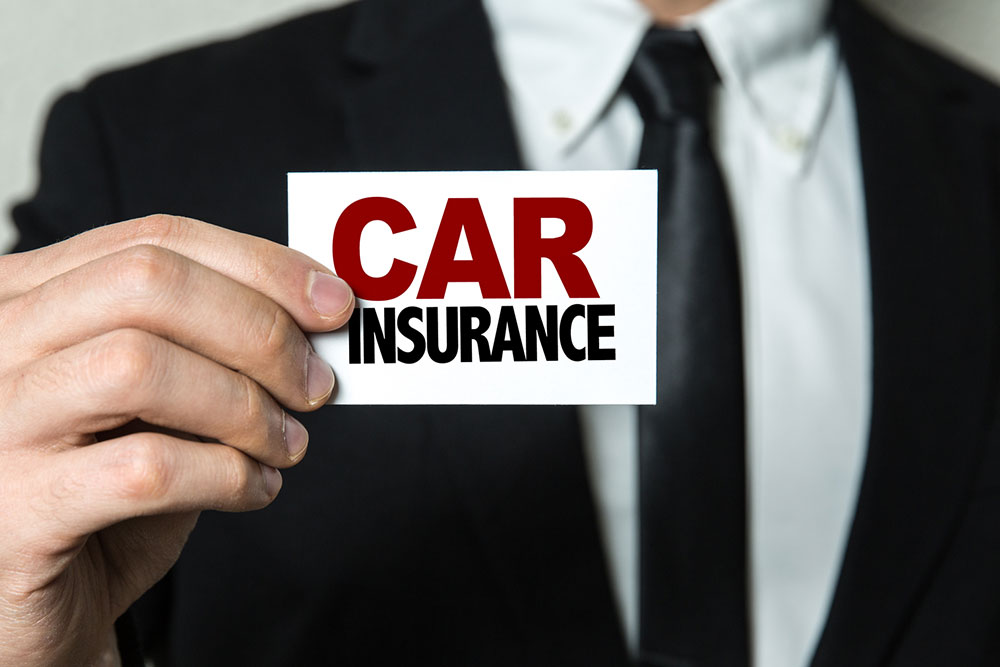Key Factors Influencing Auto Insurance Premiums
This article explores the key factors influencing car insurance costs, including demographics, vehicle type, driving history, habits, and coverage options. It highlights how these elements impact premiums and offers tips for finding affordable yet comprehensive coverage tailored to individual needs.
Sponsored

Understanding the Main Factors Impacting Car Insurance Costs
Determining your auto insurance premium involves considering multiple elements. The average annual cost hovers around $815, with various factors influencing whether your rate is higher or lower. Key aspects include your location and vehicle type. Shopping online and comparing quotes can help you find affordable coverage while ensuring protection.
The primary factors affecting insurance rates are:
Personal Demographics
Age, gender, and marital status play significant roles. Younger, single, male drivers tend to pay more compared to older, married females, due to risk assessments. State regulations and risks, like those in Michigan or Montana, also impact premiums, especially in disaster-prone areas.
Vehicle Type
The make, model, and age of your car influence your insurance costs. High-performance cars like Porsche 911 or Audi R8 generally incur higher premiums, whereas family vehicles such as Honda CR-V or Dodge Grand Caravan are less expensive to insure. Newer cars with advanced safety features typically cost less due to reduced risk.
Driving Record
Past tickets, violations, and accident history directly affect your premium. A clean record usually results in lower rates, while infractions increase costs.
Driving Patterns
Your daily driving habits, including commute distance, parking location, and how frequently you use your vehicle, influence insurance pricing. Vehicles kept in garages or shared spaces may have lower premiums.
Coverage Choices & Deductibles
The level of coverage you select, including deductibles, impacts your premium. Higher coverage limits and lower deductibles often lead to increased costs but provide better protection. If you own significant assets, opting for higher coverage is advisable.
Types of Insurance Coverage
Coverage options vary, including bodily injury, property damage, and personal injury protection. Not all are required in every state, but collision and comprehensive coverage are essential when financing or leasing. Collision covers damages from crashes, while comprehensive protects against theft, vandalism, and other damages.






